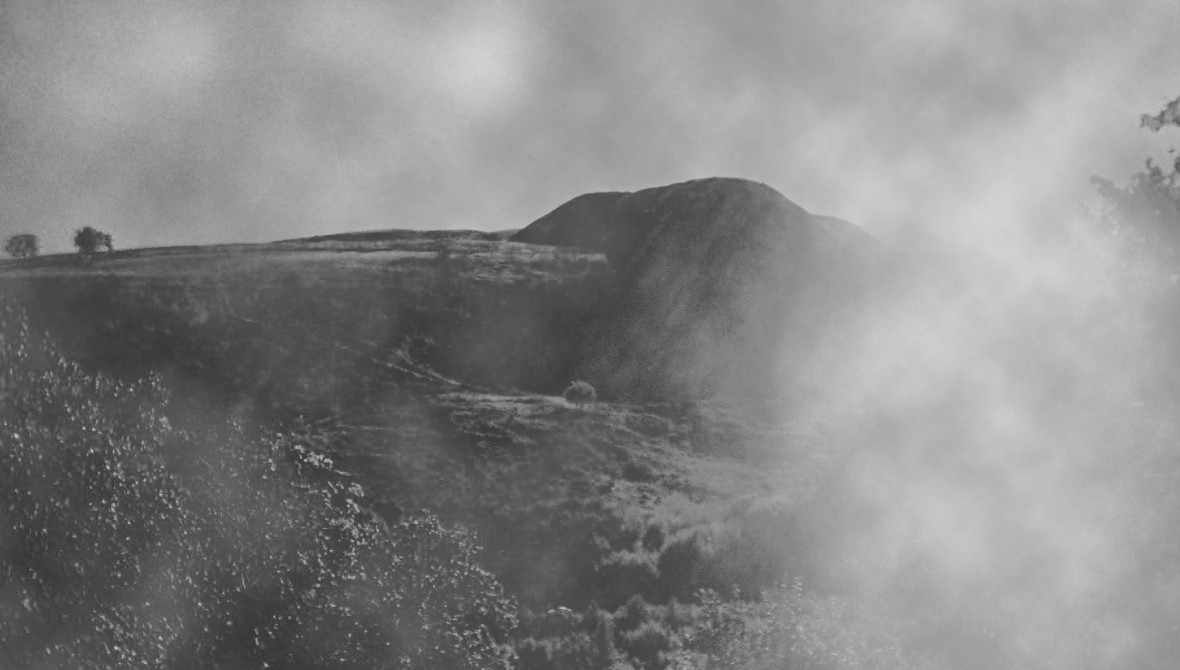Nastassja Simensky

(Photo credit: Nastassja Simensky)
When memorialisation as a process, is deeply rooted in place, how do people remember when the landscape is also in transition? In this research-led project, Nastassja Simensky explores the cultural significance of material change and memorialisation as a process over time. Working with scholars in the fields of geography and critical heritage to consider how local loss associated with industrial processes of extraction and disposal reverberate within longer processes of de-industrialisation, the photo essay reflects on shifting relationships to preservation, loss and the memorialisation of natural and cultural heritage assemblages that are unruly, accumulative, and persistent.Nastassja Simensky is an artist who often works collaboratively to make writing, place-specific performances, events, sound work and films as a form of ongoing fieldwork. Nastassja is currently completing a PhD at the Slade and coordinates the Archaeology-Heritage-Art Research Network at UCL. Commissions and residencies include: Leaky Transmissions, curatorial residency with Arts Catalyst, Sheffield; Receiver, Focal Point Gallery, Southend; Art and Archaeology residency at West Dean College; Politics of Preservation with Radar and Delfina, SHERDS, Nottingham Contemporary; Zu Gast bei den KunstVereinenRuhr, Urbane Kunst Ruhr; Brightspot, Diaspore Project Space; Material Culture Unearthed, In-situ Brierfield; Radiophrenia, Centre for Contemporary Art Glasgow; Estuary Festival: Points of Departure; Thames Estuary.

